Males
2
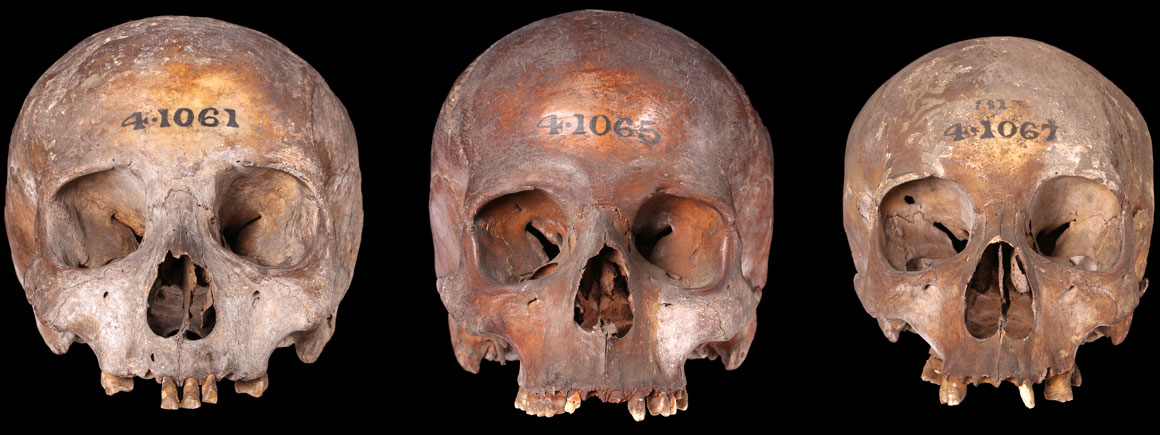
A series of skulls from Cannon Street
The remains of seven Romans unearthed in Cannon Street in 1861.
2
2
11
Cannon Street was at the centre of Roman Londinium. Much of what we know about life at the time has been derived from archaeological remains from excavations since these individuals were found.
Three of the individuals from Cannon Street have dark reddish-brown staining that is indicative of burial in alluvial (river) soil.
The Walbrook tributary ran across Cannon Street during the Roman period and while many crania have been found associated with it, it is unlikely that these remains are related to the much talked about ‘Walbrook skulls’.
Three individuals consist of a cranium and mandible. The presence of the mandibles suggest that skulls had not travelled far from where they were interred. There is no evidence of decapitation.
All but one of these individuals have dental defects. The defect indicate the individuals teeth stopped growing during childhood as a result of disease or nutritional deficiencies.
These skulls were given to the collections of the Royal College of Surgeons during the Victorian period and were transferred to the Natural History Museum in the late 1940s.
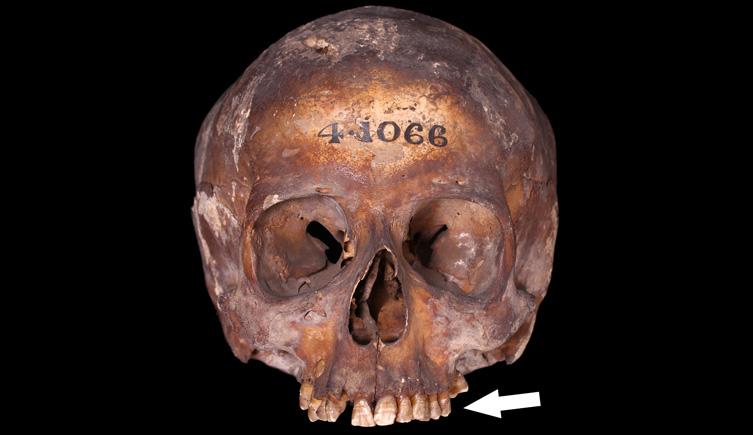
Individual with heavy build-up of dental calculus.
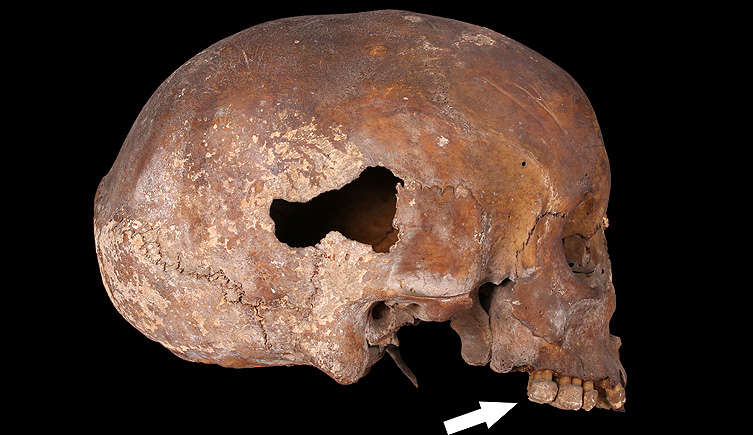
Individual with linear enamel hypoplasia of the teeth
The London human remains collection has been digitised
If you would like to use any specimens for research, please get in touch
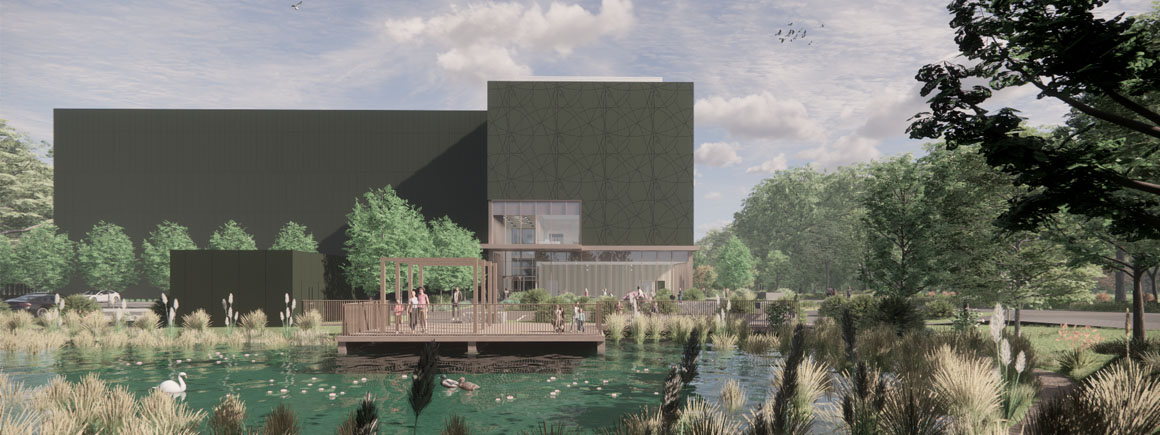
Access to some collections will be affected as we prepare for the move to our new collections, science and digitisation centre.
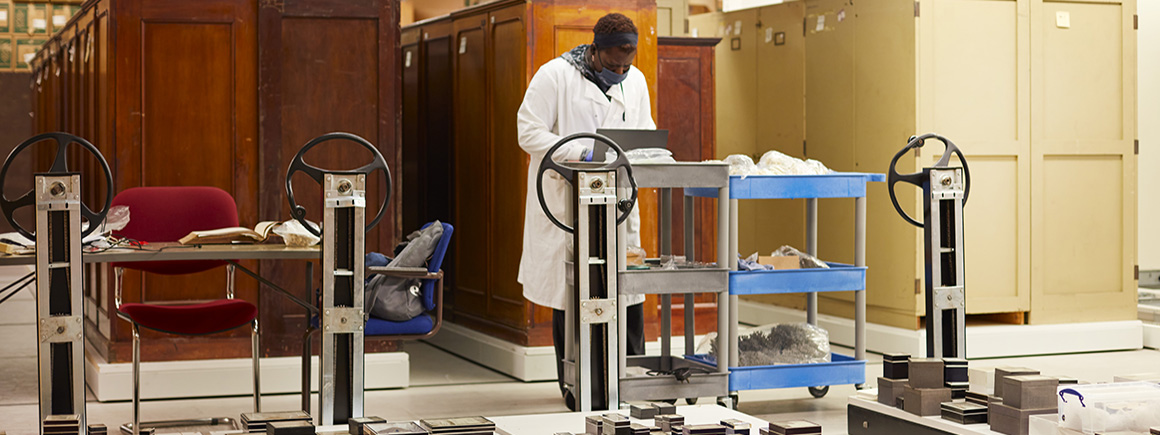
Scientists and collections management specialists can visit the collections and borrow specimens for research.
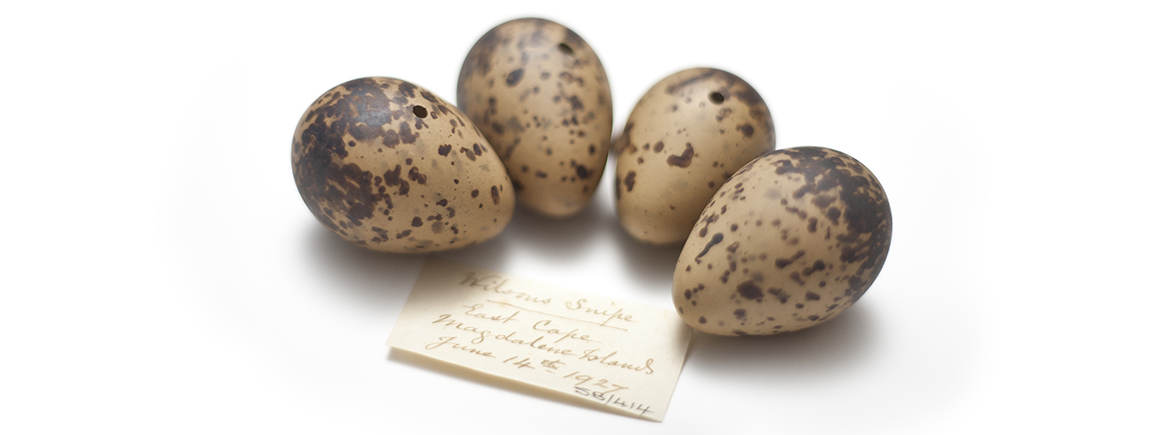
Our duty is to provide a safe and secure environment for all of our collections.